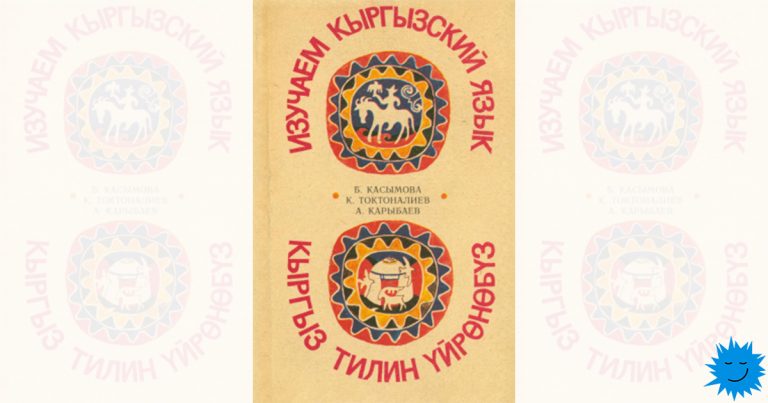How to share music data
What is the article about?
This article is intended for those who are new to receiving or sending music data in one of the DDEX standards. This will provide basic information and links to resources where you can find additional materials.
What to read
DDEX
From the moment it's recorded to when the play button is pressed, music passes through many companies. Each of them is responsible for its part of the process: recording, rights, licenses, distribution, streaming, etc. In 2006, DDEX was created to facilitate the exchange of information between them. Its main task is to maintain and develop a set of communication standards between market participants.

Standards
DDEX standards are a set of rules and schemes in the form XSDproviding the same type of filling and use of data.
There are 10 main DDEX standards:
ERN – Electronic Release Notification
MEAD — Media Enrichment and Description
PIE —Party Information Exchange
TOC – Transfer of Catalogs of Releases and Resources by Reassignment of Rights Controller Information
DSR — Digital Sales Report
CDM — Claim Detail Message
MWDR — Musical Works Data and Rights
BWARM — Bulk communication of Work And Recording Metadata
RDR — Recording Data and Rights
RIN — Recording Information Notification
What to read
First of all, I recommend familiarizing yourself with the knowledge base of the DDEX. Each of the standards is described in detail, starting with message structure and ending with its implementation.
In addition to documentation, DDEX publishes documents describing specific standards, summaries, and presentations:
Some of these documents may be out of date, but they are suitable for introduction and general understanding.
Useful information is also shared MBA (Music Business Association). They publish standards documents, guidelines, etc. For example:
If you're working with standards like ERN, MEAD, and PIE, guides from major companies like Apple or Spotify can help. For example, Apple Music Style Guide 2.2.
Metadata ERN, MEAD, PIE
I chose these three standards because these are the ones you are most likely to encounter.
ERN
An Electronic Release Notification (ERN) is the base file that describes a release. It contains basic release information such as titles, artists, release dates, etc. This is a required file for any delivery.
The range of ERN versions to target is between 3.4 and 3.8, but versions 4.x are already starting to be implemented, although not universally. In general, everything is in a transitional state, and this will continue for several more years until everyone completely switches to the new version of the standard. You can read more about the differences here Here.

In addition to the main blocks, the message may contain additional ones, such as a WorkList, which provides data about the distributor and the recording company. This is minor data, and without it the message can be sent and processed, but the more data the better.
Blocks refer to each other, as shown in the diagrams. For example, DealList describes how and where elements in the ResourceList and ReleaseList should be accessible.
MEAD and PIE
MEAD and PIE are metadata extensions whose primary purpose is to provide information to support new scenarios for interacting with music.
When ERN was created, voice-activated speakers, complex recommender systems, and other modern technologies did not yet exist. MEAD and PIE are designed to fill this gap.
These standards contain information about the mood of the music (for example, Angry, Dark, RainyDay), pronunciation, expansion by genre, participants, recording location, instruments, etc. Recommender systems will be happy with this data set.
Not everyone uses these standards yet, but many have already begun to implement them. Once fully adopted, music recommendations should improve significantly.
How and what data to extract?
Extracting data from XML with a specific XSD structure is relatively simple: follow the path and extract the necessary elements. However, determining what data to retrieve is more difficult.
Each message, especially MEAD and PIE, contains a large amount of data that can be useful in different scenarios. Obviously, there is basic data that must go into the attributes of the corresponding entities.
Therefore, I recommend always saving the entire message received and then retrieving the necessary data as needed.
Instead of a conclusion
I hope this article helped you navigate through the materials and figure out where and what you can study. I sincerely wish you patience in learning the message structure and all elements of the DDEX standards.





